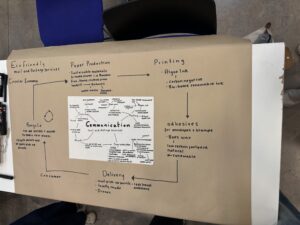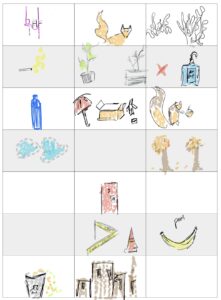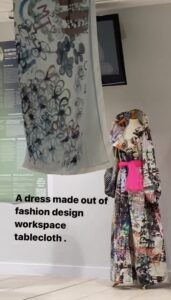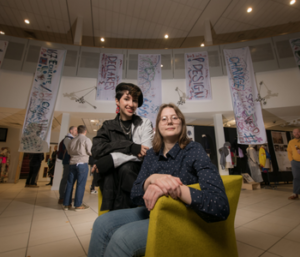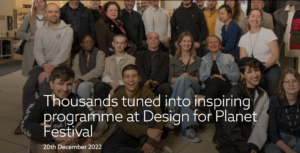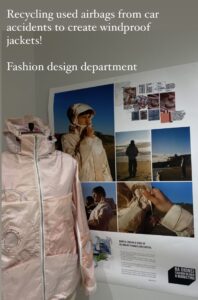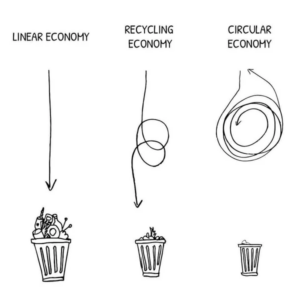Annotated bibliography
European Environment Agency (2022). Textiles and the environment: the role of design in Europe’s circular economy — European Environment Agency. [online] www.eea.europa.eu. Available at: https://www.eea.europa.eu/publications/textiles-and-the-environment-the.
According to the European Environmental Agency, textiles products are ranked 5th on negatively effecting the environment and climate change due to its life cycle. Textiles products include clothing, footwear, and household textiles. The recommendation to tackle on the issue is implementing textile circular design. Due to the textile production requiring raw materials, water, and land as well as emitting greenhouse gases, it is crucial to design a structure that can reduce its impact on climate change. The Environmental Protection Agency suggest longevity and durability for textile products, alternative resources and materials, collecting and reuse, and lastly recycling. In order to implement circular design model, it requires technical, social, innovative business ideas, policy changes, and raising awareness through education.
Leach, M. et al. (2018) ‘Equity and sustainability in the Anthropocene: a social–ecological systems perspective on their intertwined futures’, Global Sustainability, 1, p. e13. doi:10.1017/sus.2018.12.
The author states that due to the complexity of Anthropocene, it is now more than ever the need to integrate the notions of sustainability and equity to produce a refined solutions. The author states that there is now a benefit by combing the efforts of social sciences, humanities, and natural sciences to combat (un)sustainability and inequity. The Anthropocene put aside the linear cause-effect analysis of equity and sustainability and shed light on the necessity to interlink equity and sustainability as well as combine the efforts of multiple disciplines that require further analyses. The author states that capitalism is one of the main drivers for unsustainability and inequity for the reasons of profit-oriented behaviours and unregulated markets. In order to combat the capitalist dynamic, the author states that “It will require active political choice and challenge, design and intent, combining regulatory and policy intervention, with the promotion of alternative sustainable and equitable economic models, including the scaling-up of community experiments.”
Ozbay, G. et al. (2021). “Design and Operation of Effective Landfills with Minimal Effects on the Environment and Human Health”, Journal of Environmental and Public Health, 2021, 6921607, 13 pages, 2021. https://doi.org/10.1155/2021/6921607
As the population of the world increases, our waste increases. There are many methods of the waste disposal, but this article mainly focuses on landfills. There are four designs for landfills which are open dump landfills, controlled landfills, engineered landfills, and sustainable landfills. There are two types of sustainable landfills that are anarobic and aerobic which work as biocells. Anarobic landfills restrict air circulation and produce methane gas which can be refined and sold while aerobic landfills include air circulation and produce carbon dioxide as well as maximise the rate of decomposition. Landfills such as open dump landfills can be a hazard to the environment and public health due to air pollution and waterborne diseases. Landfill gases can cause air pollution and health issues such as low birth weight, fetal and infant mortality, and birth defects. Waterborne diseases are caused from leachate infiltration of groundwater resources. The leachate is the liquid that is produced beneath the landfills that seeps into the soil. The author concludes the article with ways to protect the environment and reduce waste:
“(1) respect the planet and all of its living and nonliving components, (2) rethink our consumption needs and avoid spending money on unnecessary things, (3) reduce wastage and waste accumulation, and (4) reuse and recycle products when possible”
LEE, M. S. W., & AHN, C. S. Y. (2016). Anti-Consumption, Materialism, and Consumer Well-Being. The Journal of Consumer Affairs, 50(1), 18–47. http://www.jstor.org/stable/44154717
The author investigates the relationship between materialism and anti-consumption and the effects on consumer well-being. The author starts the article with the speculation on if being overly obsessed with materials makes an individual unhappy, how does being anti-consumer effects the person. The author states that anti-consumption can be driven by environmental concerns where an individual rejects certain products that do not align with environmental concerns. Some people adopt anti-consumption to live a simpler life and reject being a part of the materialistic lifestyle. The author argues that to have a house garden requires a lot of materials to produce vegetables, but by being driven to have a house garden is partially due to anti consumption of rejecting processed foods and genetically modified crops. The author urges for an expansion on the research in regards to materialism and anti consumption and their effects to consumer well-being and concludes with affirming that by being an anti consumer, it can make you happy through the collection of qualitative data.
Fleischmann, Katja. (2020). Designers as change agents in the Circular Economy Designers as change agents in the Circular Economy. Discern. 1.
The author states that designers are the required tools and the boost needed to make a circular economy achievable. The author points out that designers are the people who listen to consumers to design for their needs through interviews and observations. The author highlights a design-led innovation which is Design Thinking. Design Thinking creates an atmosphere of revolutionary innovations and competitive advantages that leads to a change of behaviour of business cultures. The author states that designers have a method of rapidly producing ideas which can be put into action easily. The author concludes the research with emphasising the role of the designer as a catalyst for change and their ability and responsibility to facilitate the circular economy to strive for a more sustainable future.
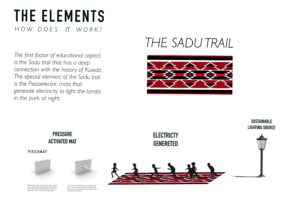
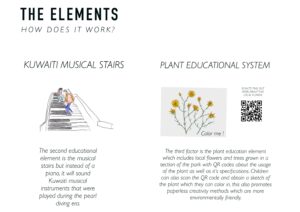

 London Film Academy (2021)
London Film Academy (2021) London Film Academy (2021)
London Film Academy (2021)


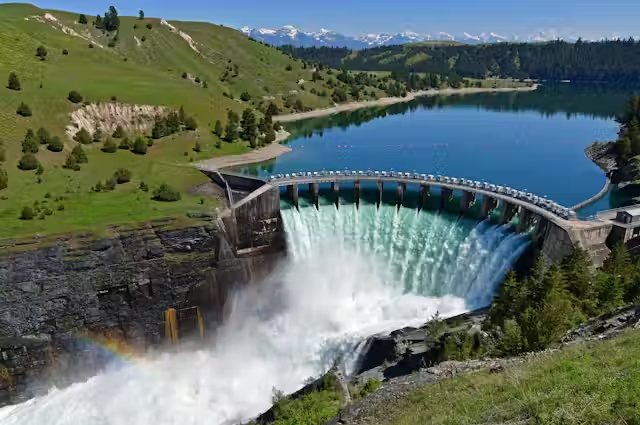
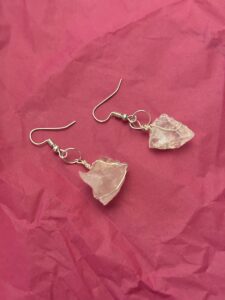 Rose quartz
Rose quartz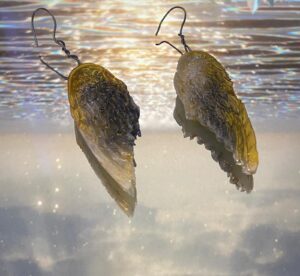
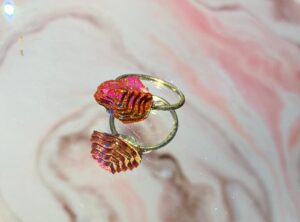
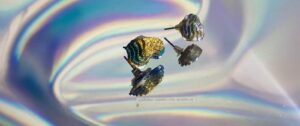
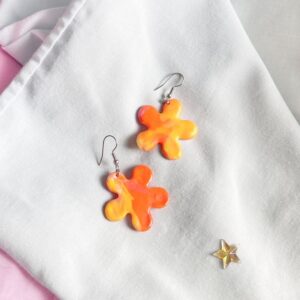
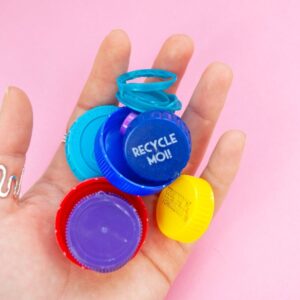
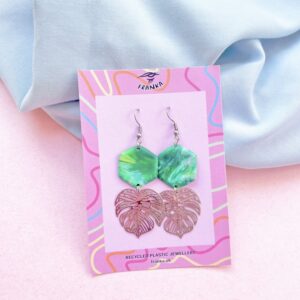

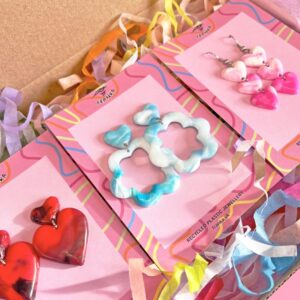
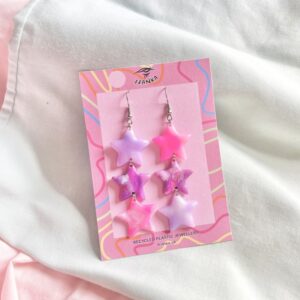 Jewellery , F. (2023)
Jewellery , F. (2023)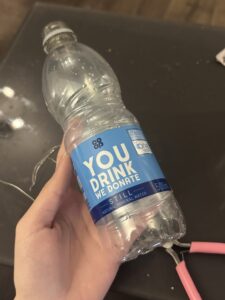
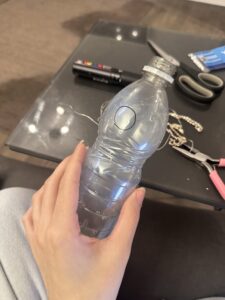
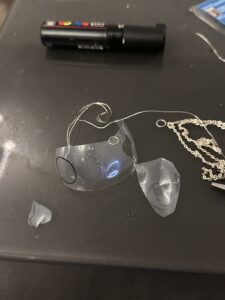 Afterwards, I cut out 3 varieties of sizes.
Afterwards, I cut out 3 varieties of sizes.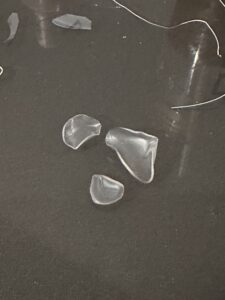
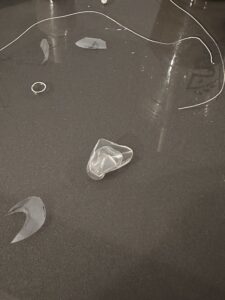

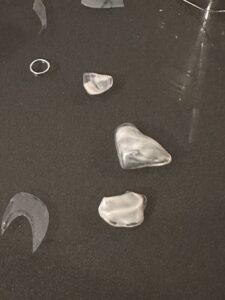 I then painted the plastic.
I then painted the plastic.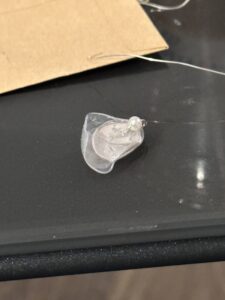
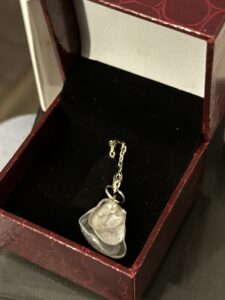
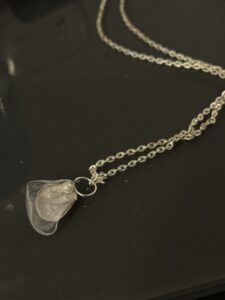
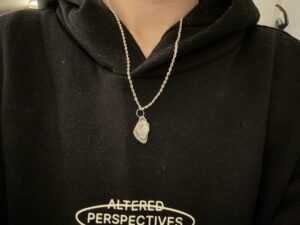
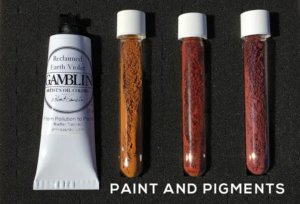
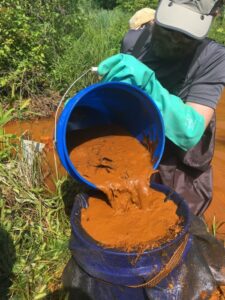
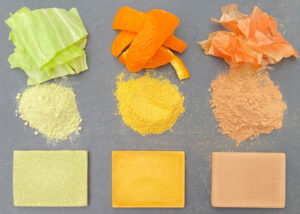
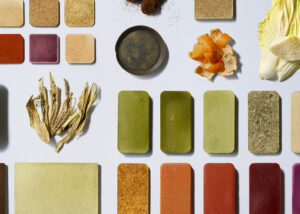 Lynch, F. (2023)
Lynch, F. (2023)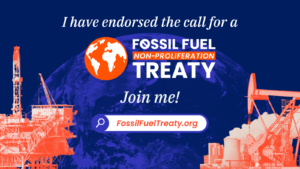 Campaign materials,(N.D)
Campaign materials,(N.D)


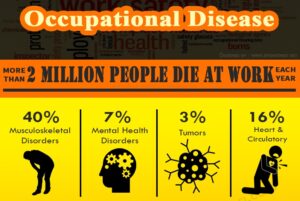
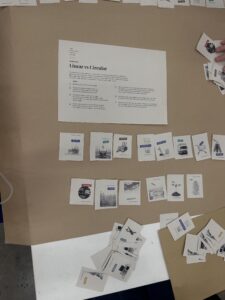
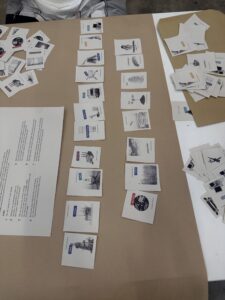
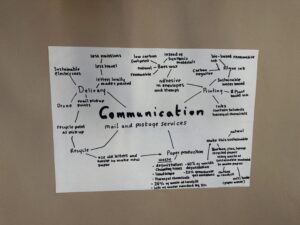 Final poster
Final poster